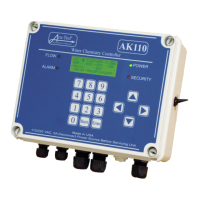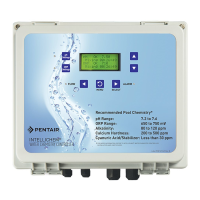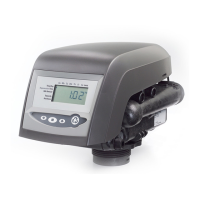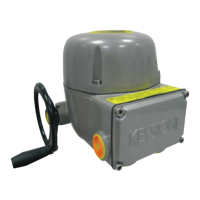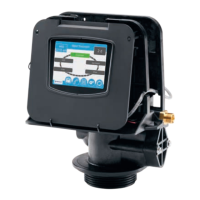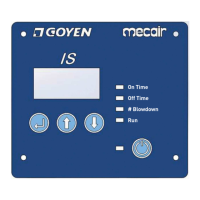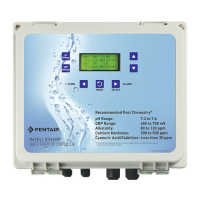20 / 84
industrial heat tracing solutions
EN-RaychemNGC30UIT2Programming-AR-H5818602/16
At the Setup|RTD window:
• The Raychem NGC-30 program first checks to see if the default RTD is available. On any
NGC-30-CRM/-CRMS board, the first RTD input is automatically coupled with the first relay
output; the second RTD is linked with the second output relay, etc. (In the case an RMC - RMM2
combination is chosen, then the user must define himself which RTD Device address is coupled
with the RMC output.)
• Here an RTD has been connected to the RTD 1 terminal block, so the RTD set-up window
indicates the default assignment is already completed.
• There are three blank slots available so you can assign additional RTDs to this output relay. You
may desire additional RTDs if you need a more exact temperature sampling for a temperature-
sensitive fluid. If you assign additional RTDs, the lowest RTD value from the list will be used for
control temperature.
• Each of the four RTDs can be independently set as Control or Monitoring only sensor. If you are
using a PLI module with SES-CONT sensors, an additional Continuity mode will be available.
See Section 3 for more details.
• See page 33 for information on how to set up additional RTDs. For this simple Circuit Quick
Start example, the default set-up RTD is used.
Step 7: Go to the Setup | Temp window
Fig. 2.15 Setup | Temp window
At the Setup|Temp window:
• Input the Setpoint, Dead Band, High Temp Alarm, and Low Temp Alarm by pressing on each of
the four numeric fields in turn.
• For this example, the Setpoint temperature is 10°C, a dead band of 3°C and high and low
temperature alarms at 149°C and -12°C respectively.
• Use the default value of 900 seconds (15 minutes) for the Temperature Alarm Filter (time delay
before the NGC-30 reports any temperature alarm) and the default value of Disable for the High
Temp Cut-Out. To implement the High Temp Cut-Out feature. See “High Limit Cut-Out Entry
Field” on page 36.

